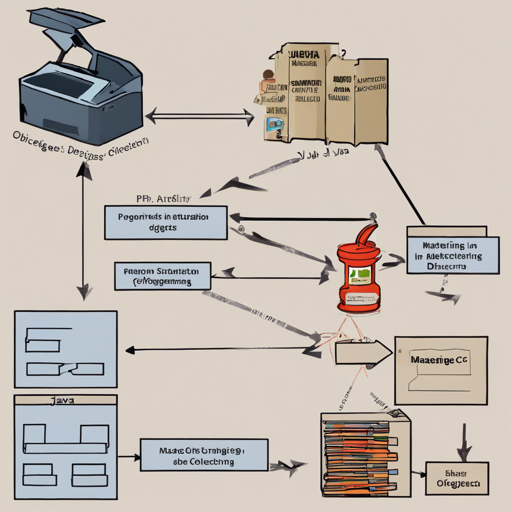In the world of Java programming, effectively creating and managing objects is a fundamental skill that impacts performance, readability, and maintainability of code. Drawing from insightful strategies outlined in “Effective Java (3rd Edition)”, this article will guide you through the best practices for object creation and destruction in a user-friendly manner.
Creating and Destroying Objects
Java offers various methods for creating and managing objects effectively. Below, we break down some key concepts with an analogy that will help you understand their significance.
Imagine Building a House
Let’s say you want to build a house (the object). You have various options on how to proceed:
- Static Factory Methods: Instead of asking the carpenter (constructor) to build your house every time, you can choose settings (static factory method) from a catalog of pre-designed houses, making the building process much easier and most often more efficient.
- Builder Pattern: If you have a mansion in mind that requires numerous specifications (parameters), it’s tiresome to describe it every time. Instead, you can use a builder (builder pattern) who takes care of adding rooms, specifying paint colors, and ensuring it meets your vision without overwhelming you with choices.
- Singleton Property: Imagine a unique lighthouse that should be built only once on the coast (singleton property). Here, you can enforce that only one lighthouse structure should exist using a private constructor or an enumeration.
- Dependency Injection: Instead of the carpenter bringing tools each time (hardwiring), you can have a toolkit available (dependency injection) when required, making the process more flexible and efficient.
- Avoiding Unnecessary Objects: You want to avoid building unnecessary structures that won’t serve a purpose, such as a storage shed for tools rarely used. Hence, it’s important to avoid creating unnecessary objects in your code.
- Finalizers and Cleaners: If you forget to clean up after the building is done, it can lead to unkempt spaces. Instead of relying on cleaners (finalizers), preemptively ensure everything is tidy during the building process.
Common Pitfalls
Even experienced programmers can stumble into common issues when creating and destroying objects. Here are a few troubleshooting tips to keep in mind:
- Always Check for Validity: Before beginning construction (method execution), ensure that all parameters are valid. Ignoring this can lead to a disaster.
- Document Exceptions: Just as you would inform others about possible construction hazards, document all exceptions thrown by each method to keep everyone on the same page.
- Synchronize Access: When multiple constructors need to share tools (accessible resources), ensure that you manage access properly to prevent chaos.
For more insights, updates, or to collaborate on AI development projects, stay connected with fxis.ai.
Conclusion
Mastering the art of object creation and destruction in Java not only enhances performance but also leads to cleaner, more maintainable code. Keeping these best practices in mind will transform your coding experience from a construction site chaos into a well-organized architectural endeavor. At fxis.ai, we believe that such advancements are crucial for the future of AI, as they enable more comprehensive and effective solutions. Our team is continually exploring new methodologies to push the envelope in artificial intelligence, ensuring that our clients benefit from the latest technological innovations.

